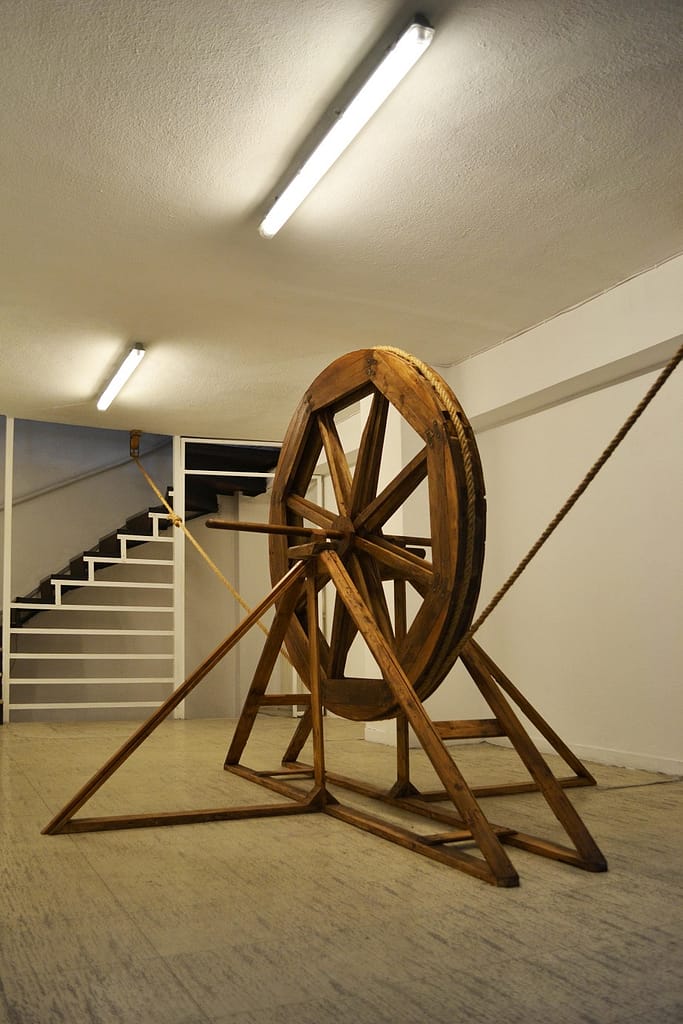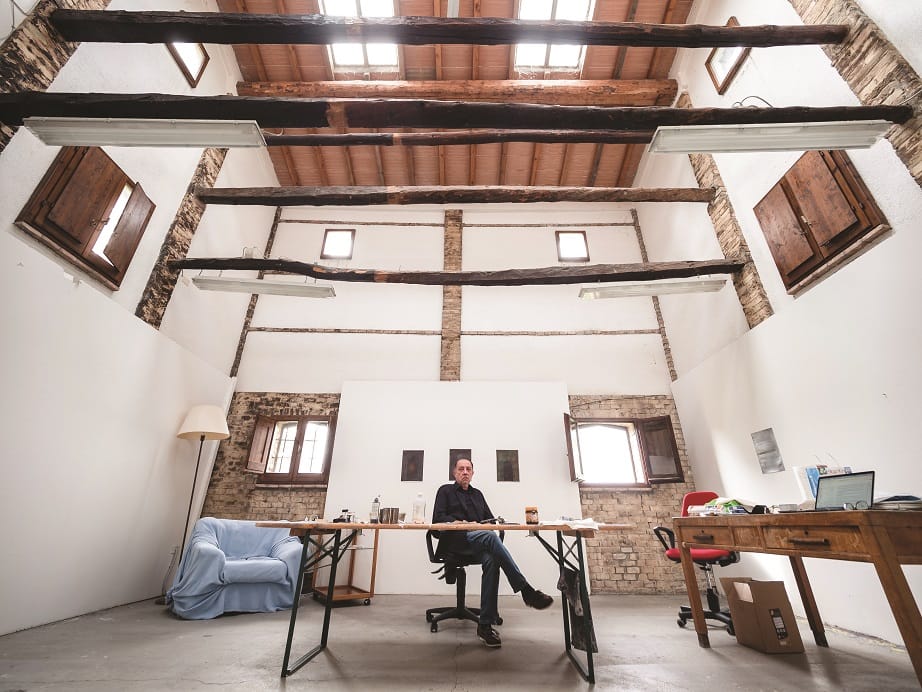Artists’ Residencies
How to get the most out of your (art) RESIDENCE PERMIT And is it worthwhile?
Maltese artists-in-residency and the need for exposure.

I was recently having a conversation about the reasons for the ‘uglification’ of Malta, and the only reason I could think for it is that our architects are simply not exposed to the built environment around the rest of the world. Say you are a girl who grew up in Qormi, no matter how incredibly genius your architecture faculty is, how on earth can you know, with your daily Qormi to Tal-Qroqq commute, what wonders are possible when you hold the power to be a licensed perit. Same goes for artists.
Artists too, have always found the need to expand their views by travelling, interacting and engaging with other cultures in other places. The idea of artists’ residencies is certainly not a new thing and unofficial opportunities for artists to travel and temporarily belong to another space has always been around. I believe some exposure should be compulsory. This island is laden with frustration-fuelled inspiration for an artist, but it is frankly too small a zoo from which to be exposed to the diversity that is the art world.
Artists’ residency programmes exist so that artists and curators can spend time engaging with their practice, often mobilising entire studios in institutions ranging from artist-run spaces to national museums, outside of their usual geographical area of practice. Residencies can also be seen as sabbaticals of sorts, such that on offer one also finds opportunities to spend time in some pretty weird residencies; such as in a container on a merchant ship, or in an isolated cabin in the woods. In other situations, artists are invited to become part of a wider network and draw inspiration from the work and philosophies of the people they meet.
I reached out to several Maltese and Malta-based artists to understand how valuable they believe their experiences at artists’ residencies were for the progression of their practices.
Teresa Sciberras – artist
“During my residency at Peacock’s Visual Arts in Aberdeen, I was given free access to the print shop, including being allowed to use the materials and equipment there, as well as expert advice and training from the master printer. I went to the printshop every day for the duration of the residency –there was much trial and error involved, especially in the beginning. In the end, I wish I could have stayed longer, because I felt it was time to leave just as I was getting to grips with the process.
I find that inspiration comes through making, and very often artists just don’t have the space or time to just make and see what happens. Residencies are a great way to push your practice in different directions by changing the parameters within which you usually work.”

Vince Briffa – artist and Associate Professor and Head of Department of Digital Arts, University of Malta
“I approached all three of my residencies with a very open mind. They all provided excellent networking possibilities. The best thing about a residency is that being away from the responsibilities of daily life, you can to concentrate 100% on the work in a way also promotes experimentation and risk-taking. There is also the added bonus of being surrounded by peers, not necessarily from the visual arts, which extends your artistic focus in further discussion. Residencies can be a source of inspiration, particularly for those at the beginning of their career, but could also be a phase for reflection and experimentation during later phases.
Darren Tanti – artist, Coordinator and Senior lecturer at MCAST Institute of the Creative Arts
“My time at the Virginia Centre for the Creative Arts in the USA in 2014 was quite good in terms of productivity. It took me a couple of days to adjust to the new setting, but afterwards it was bliss. With food and housekeeping taken care of, it was one of the best moments I’ve ever had to produce art.
To be honest, I did not ‘find inspiration’ there – I prepared for it in Malta. I wanted to make the best out of the time alone, so I planned a number of drawings beforehand Once there, I simply executed the works. The element of inspiration came when I saw the interest that other artists took in my work. Their feedback gave me strong motivation to pursue my practice. Artists must travel and meet other artists and people – especially true for those who live on a minuscule island like ours.”
Sarah Maria Scicluna – artist, printmaker, lecturer at MCAST Institute of the Creative Arts
“My productivity during my residency at Youkobu Art Space in Japan was very consistent, especially since I had tight deadlines for the exhibition at the end. It was very inspirational as it allowed me to make work in a new context, for a completely different audience. I felt that this experience allowed me to grow as an artist in a way that I can’t from the comfort of my studio. I met a lot of people from the arts sector – these connections are allowing me to plan future projects as the network is already in place. I highly recommend artist residencies to anyone who is serious about a career in the arts. One gets to produce work in a different context, which allows the artist fresher perspectives.”

Aaron Bezzina – artist
“All of the residencies I’ve been on concluded with an exhibition of the body of work produced during the period. Some exhibitions travel, others are added to the collection of the institution. During a residency, one aims to take as much from the experience as one can, and one must be careful about what type of residency would yield more ‘networking’ opportunities. For instance, there are residencies that are located in remote areas offering the artist the opportunity to work in complete tranquillity; needless to say, this isn’t the residency for you if you want to network.”

Wioletta Kulewska – artist, designer/owner at VK Studio
“When I have the opportunity to dedicate full one month for my painting practice, I make the most of it. Artists’ residency programmes give artists the opportunity to live and work outside of their usual environments, providing them with time to reflect, research, and produce new body of work. As a painter, it’s important for me to be part of a group of creative professionals to share ideas, aesthetics or political views. What I really liked about my residency experience was that – coincidental or not – there were an equal number of male and female artists.”










